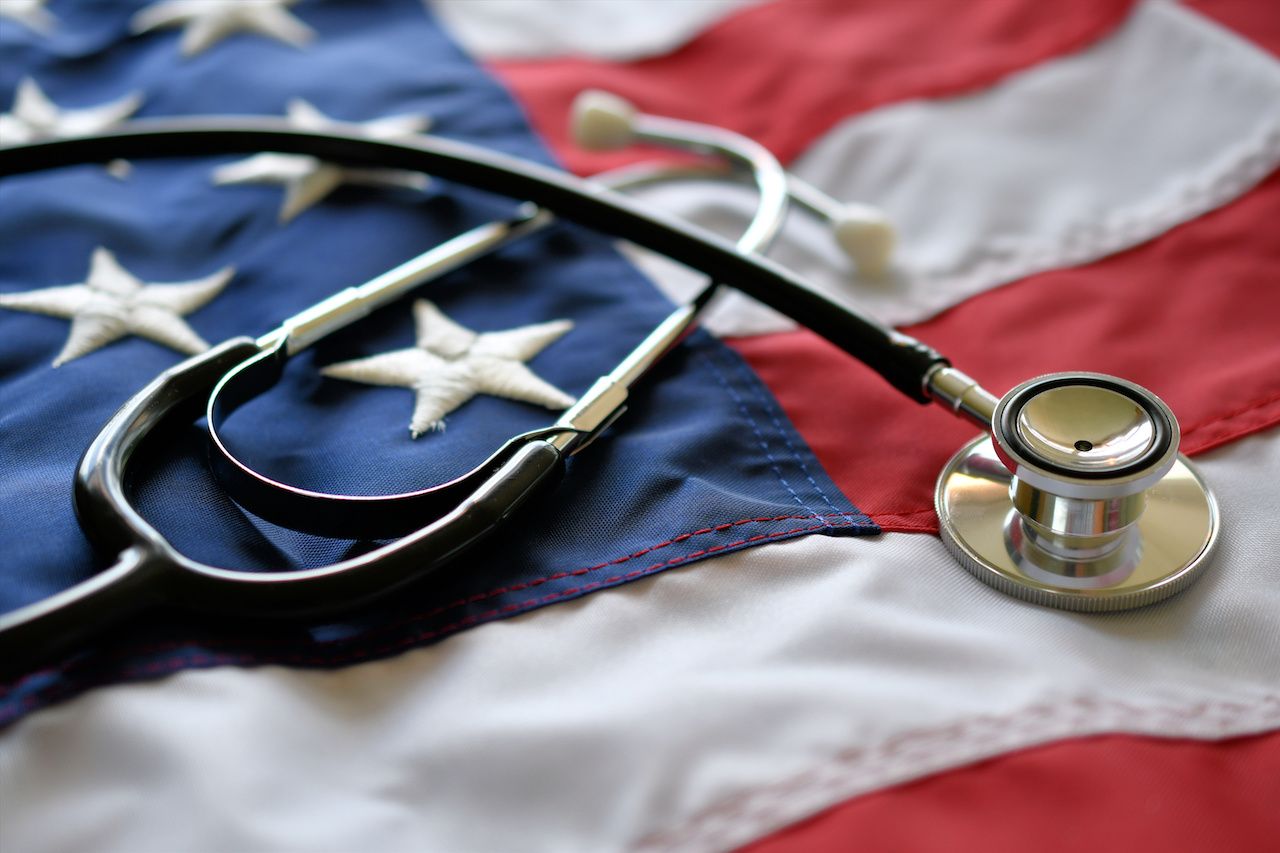Article
How Clinical Evidence Drives Formulary Decision-Making
Laurie Wesolowicz, PharmD, director, pharmacy services clinical, Blue Cross Blue Shield of Michigan (BCBSM), says that clinical evidence and other factors can drive formulary decision-making. Evidence can influence the value and coverage recommendations for drugs covered under the pharmacy (formulary) and medical benefits.
Laurie Wesolowicz, PharmD, director, pharmacy services clinical, Blue Cross Blue Shield of Michigan (BCBSM), says that clinical evidence and other factors can drive formulary decision-making. Evidence can influence the value and coverage recommendations for drugs covered under the pharmacy (formulary) and medical benefits.
In particular, she addresses BCBSM’s formulary decision-making structure, which includes the BCBSM/Blue Care Network (BCN) Pharmacy and Therapeutics Committee. The Committee is comprised of a Clinical Core Workgroup, Blue Cross Blue Shield, BCN HMO, BCBSM Medicare Part D, a Specialty Drug Workgroup, and BCN Medicare Part D.
Dr Wesolowicz also suggests that comparative effectiveness research can influence the overall assessment of a given drug’s safety and quality for formulary and coverage decisions. She adds that there is a growing focus on evidence-based decision-making, especially in administration of high-cost specialty drugs. Other coverage decision-making challenges include the site of care, employer group pressures for cost-containment, the Affordable Care Act marketplace, and Centers for Medicare & Medicaid Services Medicare Part D rules.
She notes that the old models of pharmacy and therapeutics decision-making processes focus on comparing the effectiveness, safety, and expense of new drugs against older drugs in the same class. Newer models ask questions such as:
- Will this drug be covered under the medical or pharmacy benefit (or both)?
- What is the quality of the clinical efficacy and safety evidence?
- How does the new drug compare to current therapeutic alternatives in terms of efficacy and safety?
- Is there a requirement or recommendation for genetic testing?
- How does the product cost align with outcomes achieved?
Dr Wesolowicz says that value-based healthcare delivery will require a multi-stakeholder vision for innovation. Dr Wesolowicz asks, “What’s really a value?” A common definition of value, according to Dr Wesolowicz, “will be the way to produce better outcomes for patients.” For instance, the Christiana Care Health System in Delaware has developed a “value framework” that evaluates new specialty medications. Like BCBSM, they leverage a committee to guide decision-making. They also use scorecards to assess efficacy, risk, cost, and societal benefit of medications. These specific indicators identify a medication’s “value score.”
She suggests that new tools such as these will assist health plans and systems in evaluating clinical evidence of new and emerging drugs in formulary decision-making. “We are going to have to come up with a common framework to evaluate evidence,” says Dr Wesolowicz.
Rapid FDA approval and coverage decisions on Medicare Part D medications, the need for real-world data in evidence, rapid communication of clinical findings, and more will continue to challenge formulary decision-making.




